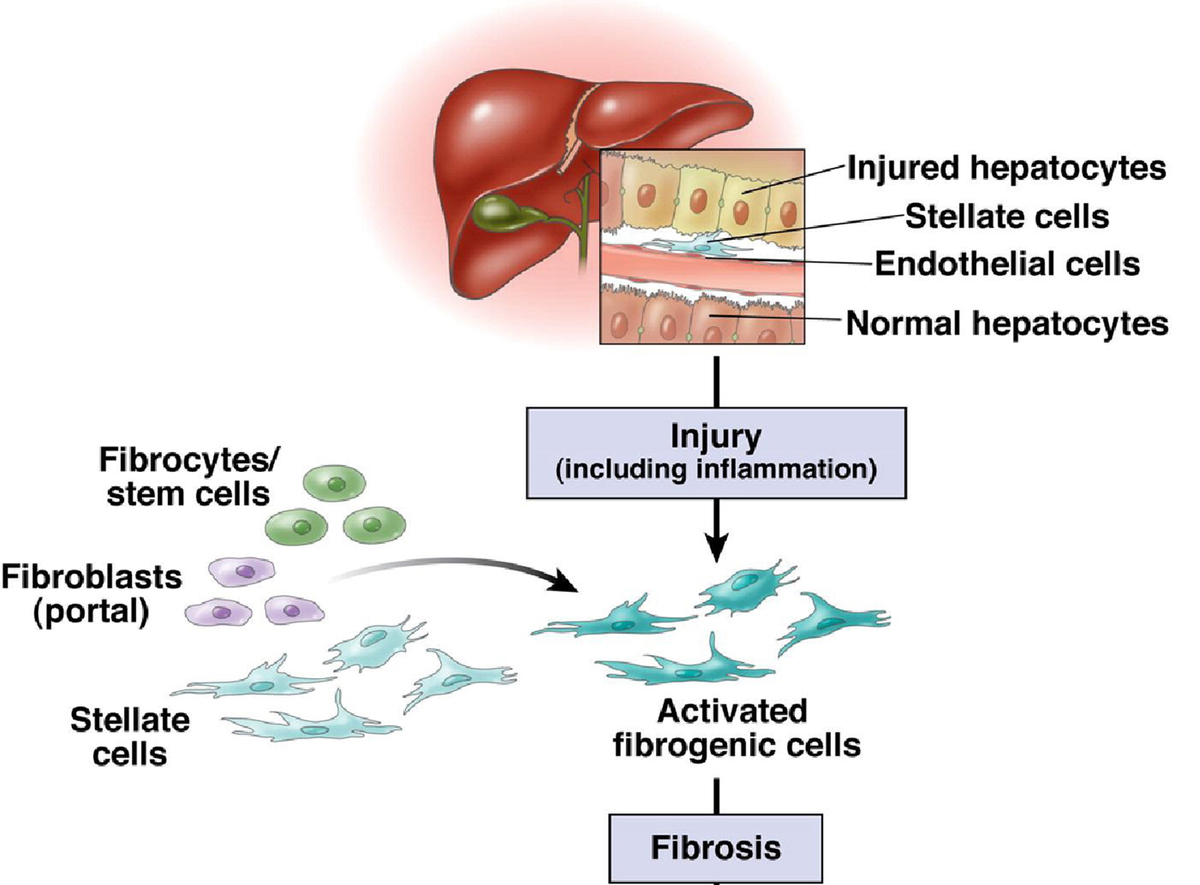Current issue
Archive
Manuscripts accepted
About the Journal
Editorial office
Editorial board
Abstracting and indexing
Subscription
Contact
Ethical standards and procedures
Most read articles
Instructions for authors
Article Processing Charge (APC)
Regulations of paying article processing charge (APC)
HEPATOLOGY / STATE OF THE ART PAPER
Progress and Prospects of Elastography Techniques in the evaluation of fibrosis in chronic liver disease
1
Shandong Public Health Clinical Center, China
2
Central Hospital Affiliated To Shandong First Medical University, China
Submission date: 2024-03-01
Final revision date: 2024-04-10
Acceptance date: 2024-04-12
Online publication date: 2024-04-14
KEYWORDS
TOPICS
ABSTRACT
The precise assessment of liver fibrosis degree is imperative for monitoring and managing chronic liver diseases. Traditionally, liver biopsy and quantitative blood biomarkers have been the mainstays for fibrosis assessment, albeit each with its inherent limitations. However, the emergence of elastography presents a promising non-invasive alternative, potentially supplanting or complementing traditional biomarkers. In contrast to conventional biomarkers, elastography offers several advantages. Firstly, it is non-invasive, sidestepping the risks and discomfort associated with liver biopsy. Secondly, this technique provides real-time and intuitive fibrosis assessments, characterized by user-friendly operation and high reproducibility. Thirdly, elastography excels in diagnosing moderate to severe fibrosis, vital for determining treatment strategies and monitoring disease progression. Notably, MRE stands out as the most accurate non-invasive method for fibrosis assessment, especially suitable for advanced fibrotic stages. This article provides an overview of the advancements in elastography as a viable quantitative biomarker for chronic liver disease fibrosis burden.
We process personal data collected when visiting the website. The function of obtaining information about users and their behavior is carried out by voluntarily entered information in forms and saving cookies in end devices. Data, including cookies, are used to provide services, improve the user experience and to analyze the traffic in accordance with the Privacy policy. Data are also collected and processed by Google Analytics tool (more).
You can change cookies settings in your browser. Restricted use of cookies in the browser configuration may affect some functionalities of the website.
You can change cookies settings in your browser. Restricted use of cookies in the browser configuration may affect some functionalities of the website.



